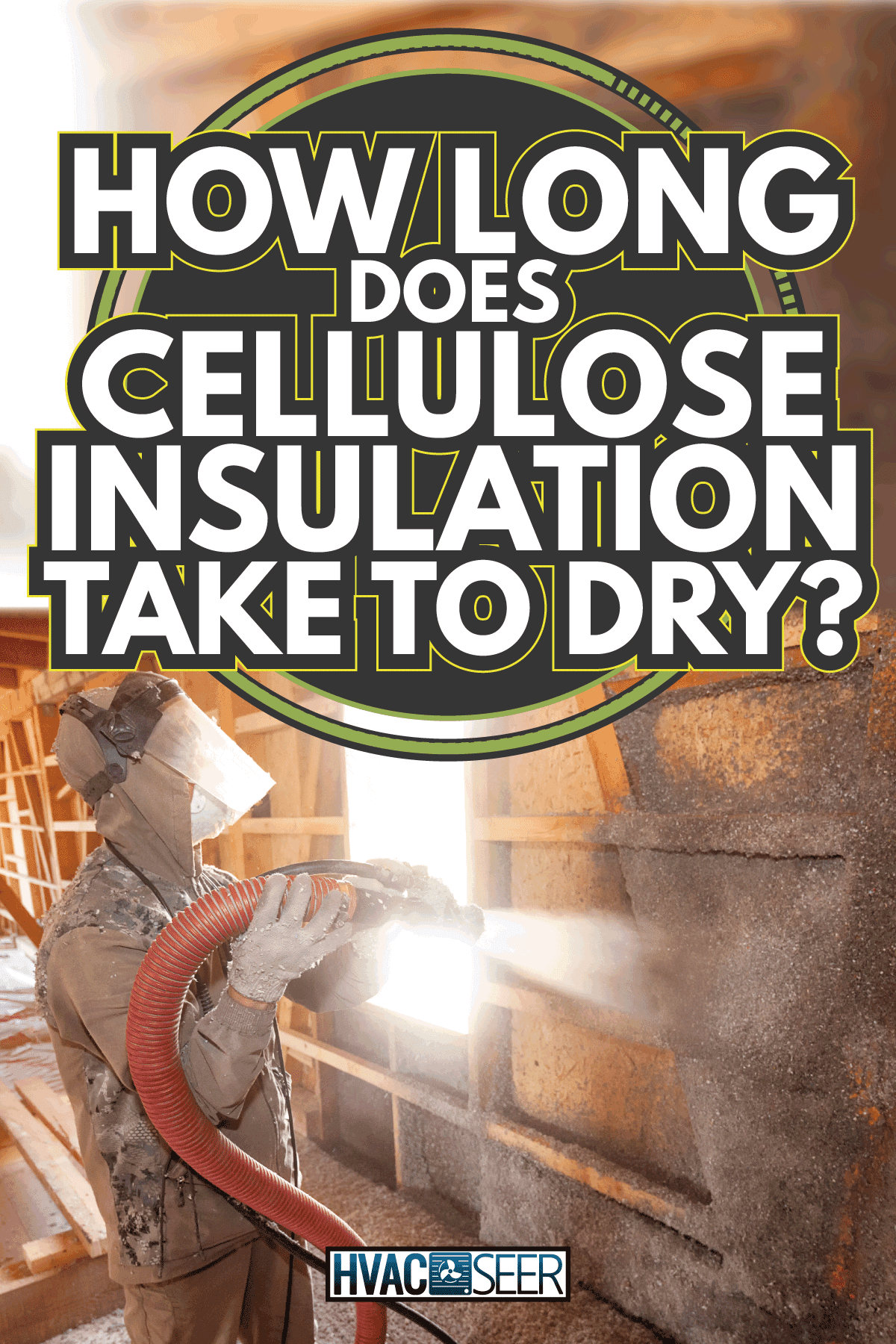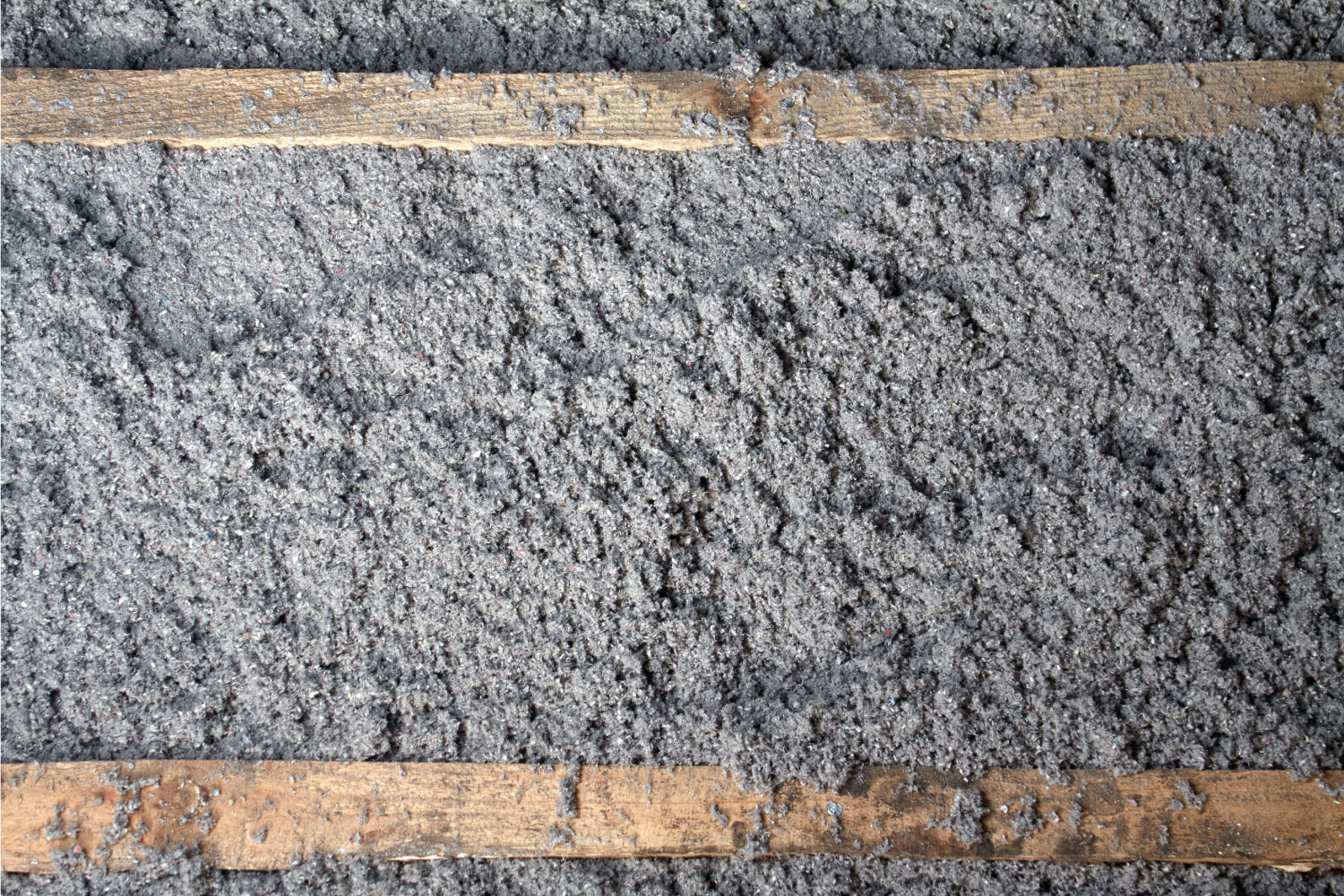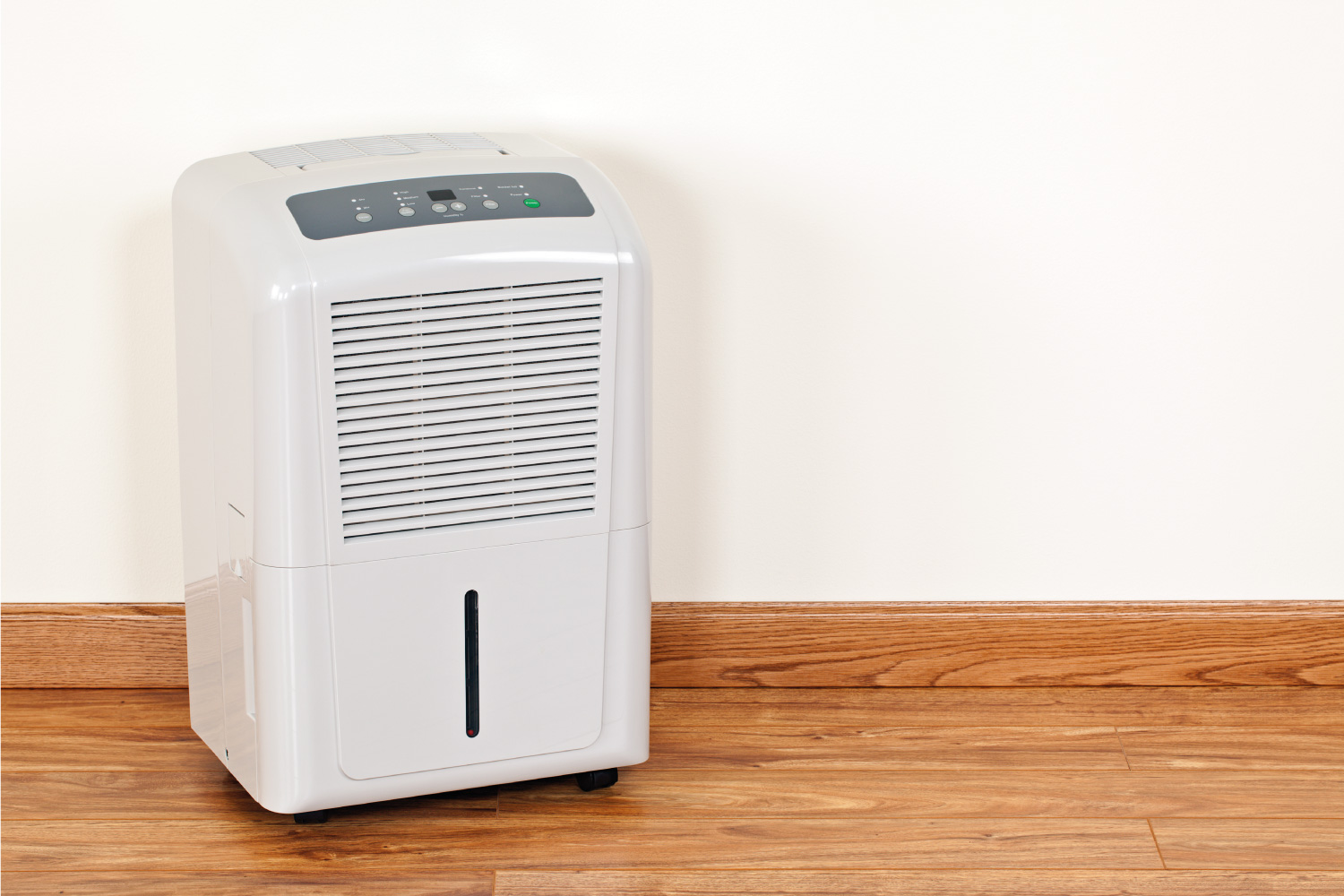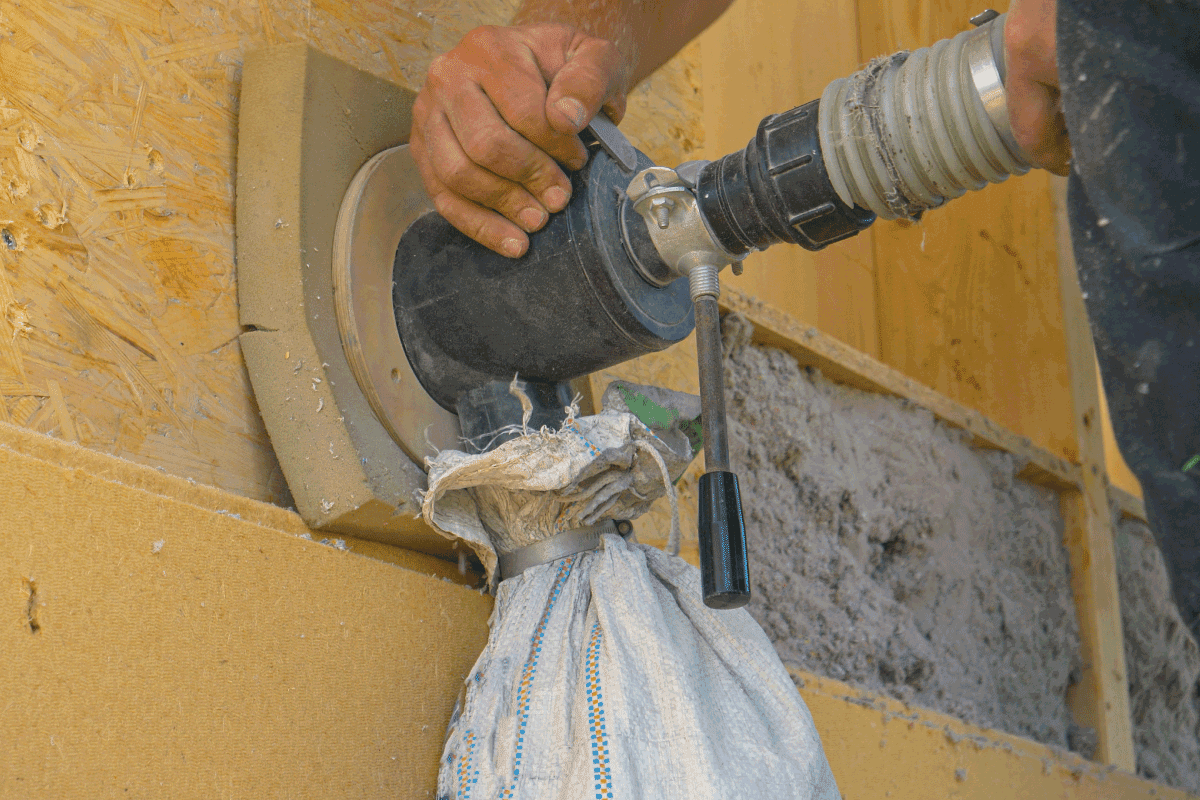As homeowners, you need to be prepared to face unexpected situations. Sometimes the weather becomes too extreme. In other cases, there might be a leak in your pipes. Regardless, now your cellulose insulation is wet! If you're wondering how long it takes for it to dry, we've researched this to find out.
In an ideal circumstance, cellulose insulation should take around 24-48 hours to dry. After this period, you will have to consider replacing the damaged portion. You will get the best results only if a minor part of the cellulose is affected. If a large area of cellulose was exposed to water and holds moisture for longer than 48 hours, it might not dry.
Of course, there are more details to discuss regarding how to deal with wet insulation. What methods can you use to dry cellulose? In what circumstance is it no longer salvageable? Additionally, can cellulose be susceptible to rotting? If you'd like to learn this and more, keep reading ahead.

What Happens if Cellulose Insulation Gets Wet?
So, you've identified that your cellulose insulation contains too much water for comfort. Before we get to what occurs if you don't address this issue immediately, you should find the cause for the moisture. It could be from a burst pipe or a roof leak.
Regardless, take immediate action and fix the area causing the trouble. From here, we can move on to dealing with wet cellulose as soon as possible.
If the cellulose stays moist for longer than 48 hours, it can make the insulation material useless. In addition, you might have new problems show up in the area where the cellulose is present.

If you leave cellulose wet for a prolonged period, it will begin to sag and settle. Cellulose is a material that relies on its fluffiness to cover large areas.
When moisture enters the mix, cellulose will cover less of your home. As a result, it can leave the upper half of the walls uninsulated.
Does Cellulose Insulation Rot?
Another concern with wet cellulose is the aspect of rotting. As you might already know, cellulose is composed of recycled paper products.
So, it's understandable if you think it can be susceptible to rotting. However, cellulose is treated to be flame retardant and to prevent rot, decay, and mildew.
So, if you're worried the insulation material itself will have irreparable damage, it won't be from rot. But it might cause damage to the area that it surrounds. If it's in the attic, the wet cellulose will be in contact with wood. In walls, it will be touching the drywall.
Both of those areas are susceptible to mold growth. Since mold growth can begin in a few days, you must work immediately to remove or dry the cellulose. With that in mind, let's go over how you can do so!
How Do You Dry Cellulose Insulation?

First, you have to determine when to make sacrifices and when you can save the material. Observe how far the water damage goes. Does it cover a large portion of the insulation? If it does, you can attempt to save it. But your efforts might go to waste for a few reasons.
Cellulose is a plant-based product that makes it difficult to restore after it gets wet. If too much of the material is holding water, it will be able to resist drying methods. In this case, you will leave the walls or wood touching the material susceptible to mold growth.
A large affected area can remain wet for longer than 48 hours. In this case, it's better to remove all of the cellulose and replace it with new insulation.
Drying Methods
If a small portion of the cellulose is affected, drying the wet part is possible. First, you need to single out the saturated section and relocate it to another area. To aid with drying, you can use a dehumidifier and fan. Try to settle the affected cellulose in a warm space.
After 48 hours, check if the material is completely dried. Once it has dried, you can put it back in place.
However, if a strange smell lingers within the cellulose, it might have become contaminated with dirty water. It can leave toxins behind. So, it's better to remove the cellulose and refill the area with new insulation.
Does Cellulose Insulation Settle Over Time?

Although cellulose provides adequate insulation, it has the unfortunate disadvantage of settling over time. As some suggest, settling can reduce the R-value of cellulose by 20 percent.
And as you might already know by now, the R-value can decrease further in the event of water damage. This is because moisture accelerates the rate of settling.
However, without accounting for water damage, cellulose will typically have a high settling rate after installation. Settling will continue over time.
As some suggest, settling is a natural occurrence with any loose fiber material. So, to account for the typical loss in efficiency, professional insulation contractors have a standard known as dense packing.
In other words, professionals know the correct amount of cellulose to install to ensure it doesn't settle below the intended R-value.
Still, even if it manages to fall below the intended R-value, it is easy to account for settling. A contractor will need to fill in 20% more insulation to get the same results as before.
How Long Does Cellulose Take To Settle?
As mentioned above, settling occurs immediately after installation. To reach the intended R-value, professionals will pack extra cellulose to account for the settling.
In this respect, it's crucial to have a professional that knows what they're doing to install the cellulose insulation. If they're inexperienced, major settling may occur.
Additionally, aeration in cellulose insulation decreases over time. So, it will continuously settle. However, the rate it does so depends on how it was installed. You won't see a substantial difference if the cellulose is densely packed.
Is Blown-In Cellulose Insulation Good?

Now, let's put all the information together and determine if blown-in cellulose insulation is a good option.
As a quick recap, cellulose is a plant-based product composed of 85% recycled material. It is treated with minerals that help it become fire and insect-resistant. Additionally, it also has the advantage of being resistant to rot, decay, and mildew.
If you're environmentally conscious, cellulose insulation is one of the greenest choices you have. Regarding R-value, it holds a quality of 3.2 to 3.7 per inch. So, it has a higher R-value than its alternative.
Another concern you might have is the potential for health issues. As cellulose is made of recycled paper material, you face fewer health risks than fiberglass.
The cost of cellulose insulation can also be cheaper than fiberglass. While cellulose does have multiple advantages, the alternatives have other strong points that it can't offer.
Is Cellulose Moisture Resistant?
One of the disadvantages of cellulose is it can quickly become damaged from too much water. As some suggest, cellulose is treated to be water-resistant.
But that doesn't make the material waterproof. So, once it becomes inundated with water, it can damage materials other than itself.
Other Disadvantages
Finding a professional that knows how to install cellulose insulation can be uncommon in your area. As mentioned above, contractors can account for settling by using a method known as dense packing.
If they are inexperienced with installation, settling can occur at a rapid rate.
Additionally, some building codes may not be up to date. With this in mind, you'll need to have the approval to install cellulose insulation.
Regarding weight, cellulose tends to lean on the heavier side. If you're planning to go with this type of insulation, you'll have to inspect the area for any weaknesses.
Lastly, cellulose requires a lot of attention to detail. A lot of maintenance needs to go into ensuring it performs as expected.
The material is also known to be hard to work with. If you need to make a new wiring installation or other alterations, you'll likely need to replace the cellulose that spills out of the holes you need to make.

Final Takeaway
Regardless of the situation, fixing the problem as soon as possible should be a priority concerning cellulose insulation.
While you can easily replace the amount of cellulose lost to water damage, the surrounding area is not something you should neglect. Hopefully, you won't have too big of a problem in your hands! We hope you found the information above helpful.
Before you go, are you thinking about replacing the water-damaged cellulose with another type of insulation? We can help you explore your options. If you want to find out more, check out our post here.
Are you thinking about adding new attic insulation? If you're wondering if you can put a new layer over old insulation, check out our post here for more information. Until next time!
